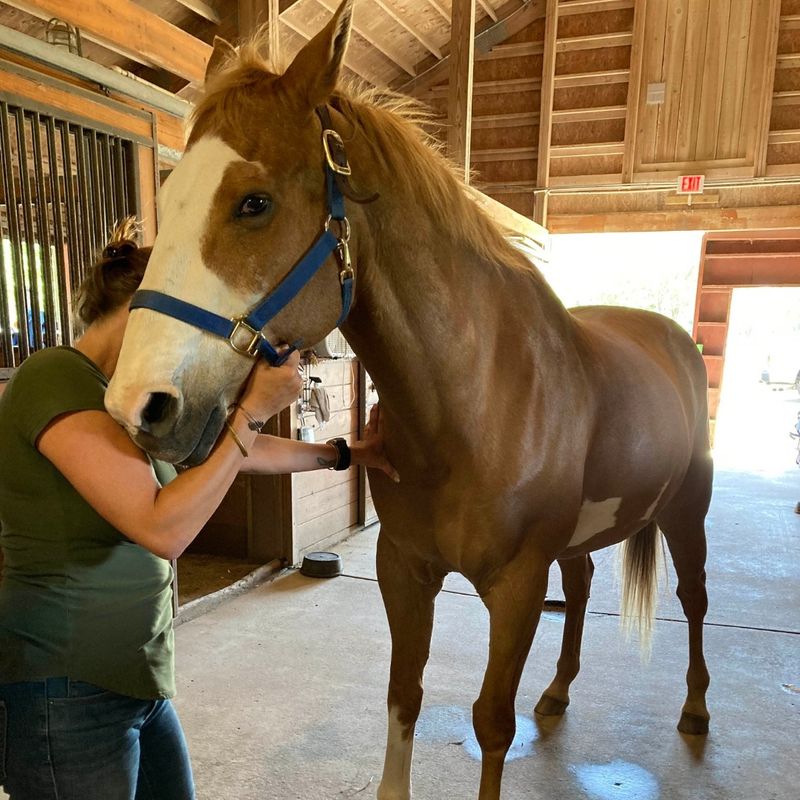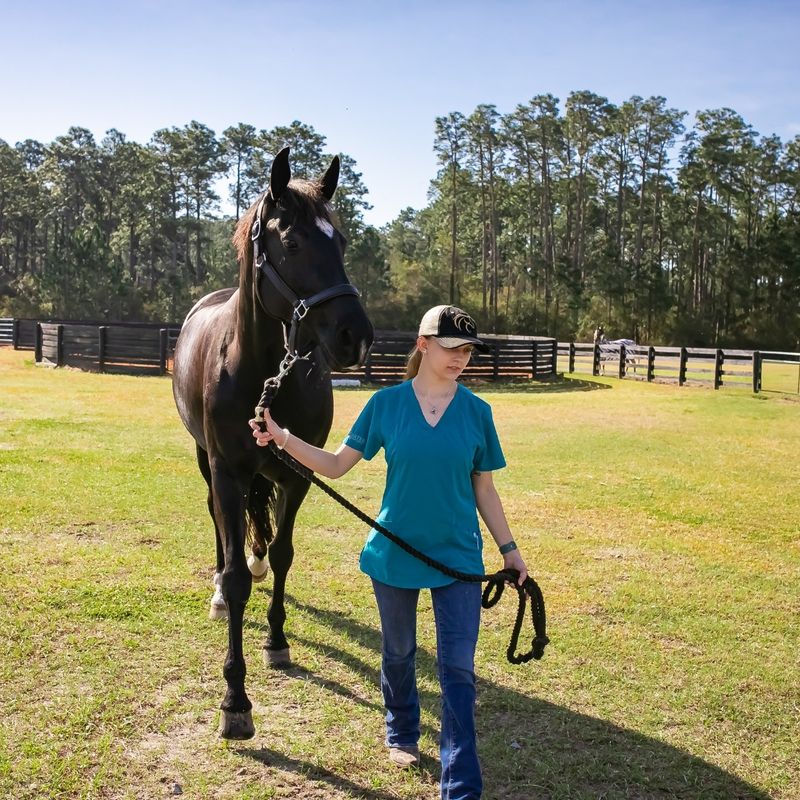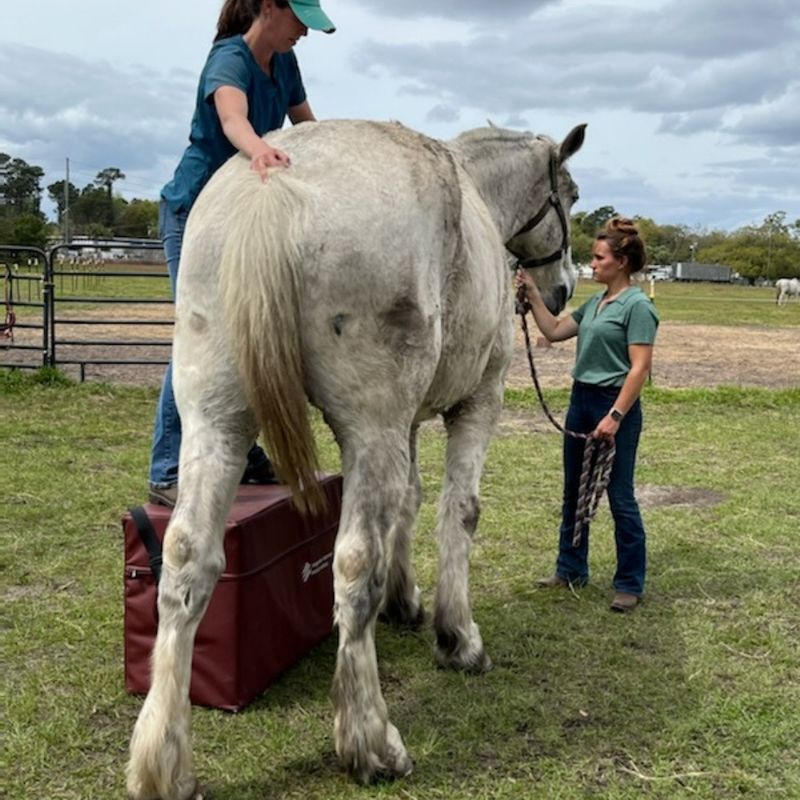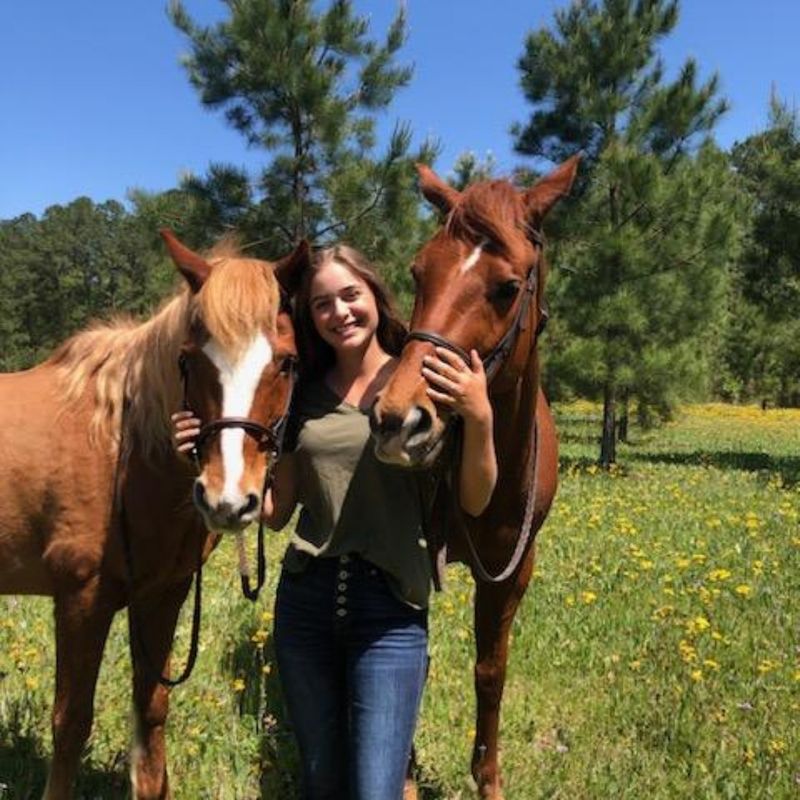Their primary method of cooling down—sweating—becomes less effective as the humidity rises, increasing the risk of dehydration, heat stress, and potentially fatal heatstroke. Understanding the environmental risks and recognizing the signs of distress are critical for keeping your equine partner safe and healthy through the hottest months of the year.
Beat the Heat: A Vet's Guide to Summer Horse Safety
Summer in the Lowcountry brings beautiful weather, but it also presents a serious challenge for horse owners: intense heat and humidity. Horses generate a tremendous amount of body heat and are far more susceptible to overheating than humans.
Guidelines for When it’s Too Hot for Your Horse
Calculating the Risk: The Equine Heat Index
A reliable guideline used by veterinarians and equestrians is the equine heat index. The formula is simple: add the ambient temperature (in Fahrenheit) to the relative humidity percentage. The resulting number gives you a clear indication of the environmental stress on your horse.
Normal range. Most healthy horses can regulate their body temperature effectively through sweating.
Use extreme caution. This is the point where a horse's cooling system is severely challenged.
This is a danger zone. Conditions are hazardous for all horses, even those standing in the shade.
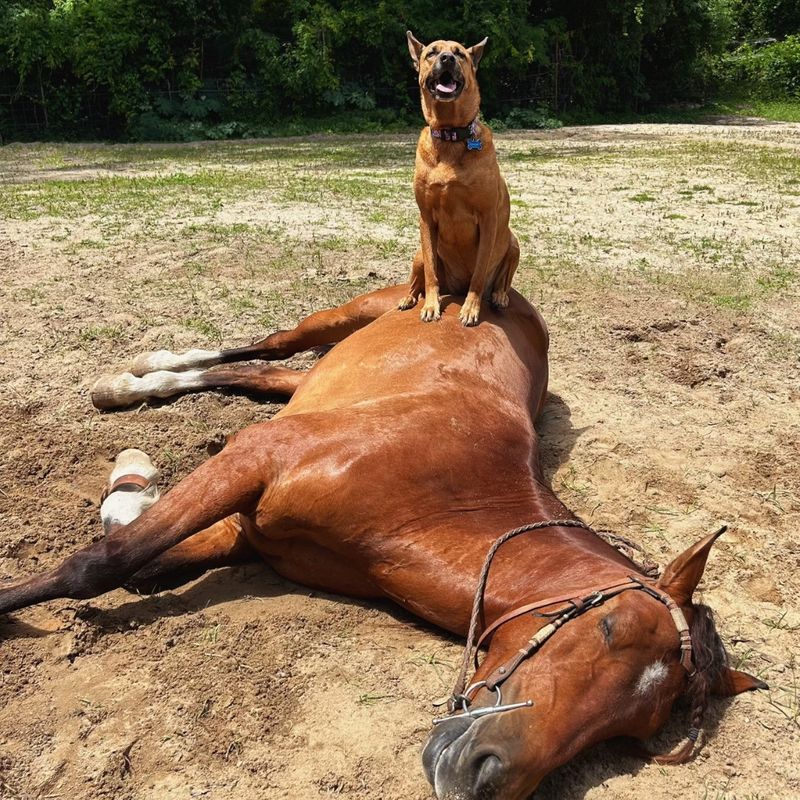
Emergency Response: What to Do If You Suspect Heatstroke
If you suspect your horse is suffering from heat stress or heatstroke, it is a medical emergency. Immediately move the horse to a shaded area and call Carter Veterinary Services. While waiting for the vet to arrive, you can begin cooling measures. Continuously hose the horse with cool water, focusing on the large blood vessels on the neck, chest, and inner legs. Do not use ice-cold water, as this can cause blood vessels to constrict and actually slow the cooling process.
Your horse relies on you to make smart decisions when the temperature soars.
By understanding the heat index, recognizing the warning signs, and managing their environment proactively, you can ensure a safe and enjoyable summer season. If you ever have concerns about your horse's health in the heat, never hesitate to reach out.

